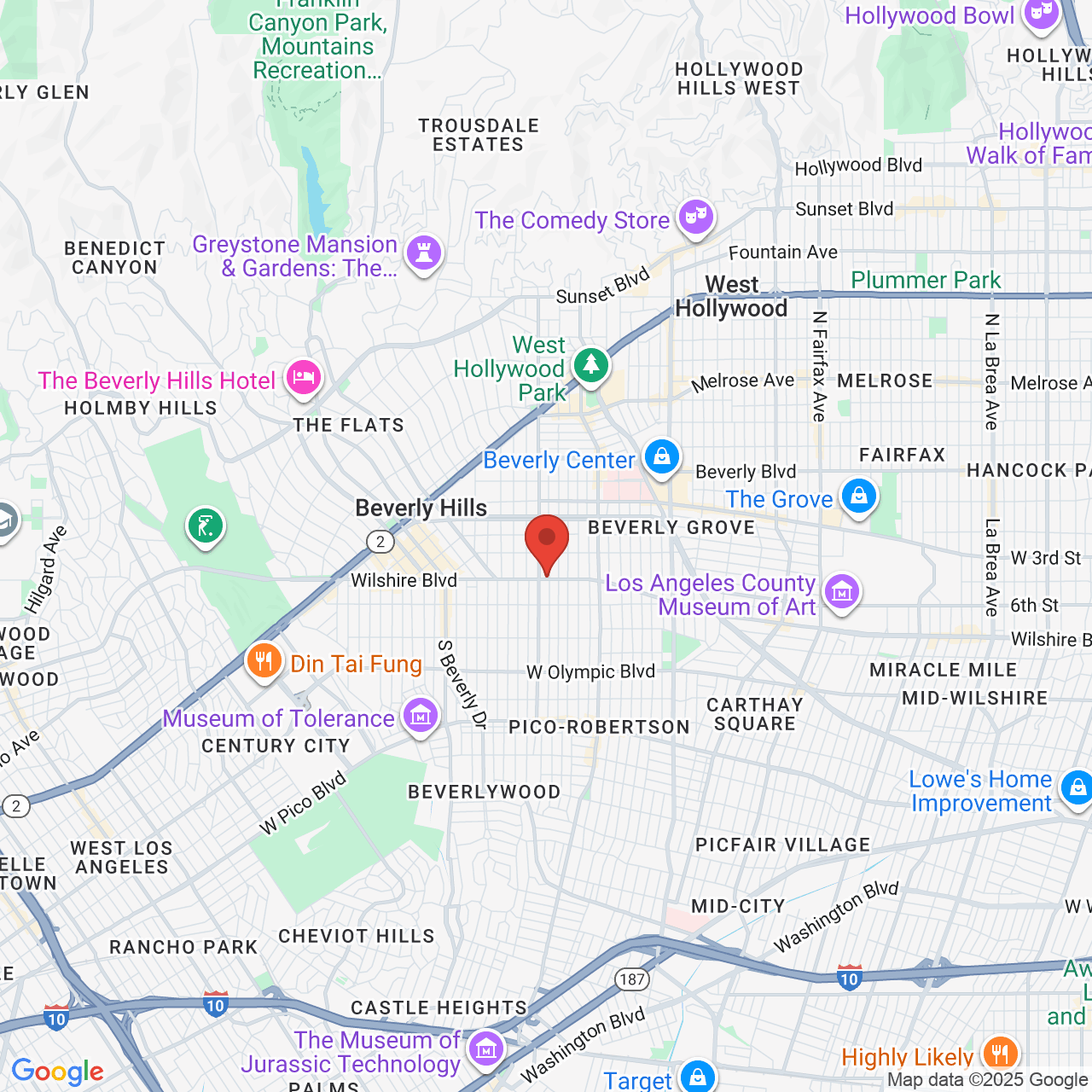Description
In this video, Dr. Reinisch discusses the challenges faced by children with bilateral microtia. Because of their impaired hearing, children with bilateral microtia often develop speech impediments. After microtia surgery, children often want to abandon their hearing aids.
View transcript
Dr. Reinisch: Bilateral microtia is not simply two one-sided microtias in the same child. A surprising issue that we noticed is that many parents of children with bilateral microtia think that they can hear normally, even though they don't have ear canals. Part of this is because when they are young, they do hear because you're close to them, you're holding them, and your voice causes vibration of their skull, just like a bone conducting hearing aid. Children are also very intuitive and tend to know what you're going to say. "Do you want another cookie? Time for bed."
The second thing we've learned is that children with bilateral microtia tend to have hyper nasal speech, 80% or 78%, to be exact, have noticeable nasal escape. And that is something that can be very noticeable and debilitating and can cause teasing. Here's an example of that in a video of a boy speaking with bilateral microtia.
That's why you have a shadow.
Child 1: Yeah. When there's lights, there's always a shadow. When there's no lights, no shadow.
Female 1: Exactly.
Dr. Reinisch: Right, most children with bilateral microtia are referred for speech therapy. And unfortunately, most speech therapists are not aware of the palatal weakness that's associated with microtia, and some children are discharged from speech therapy without getting a proper referral to a cleft team that are used to treating children with hypernasality.
The third thing we've noticed is that most children with bilateral microtia have bilateral, or at least one, bone-conducting hearing aids and develop speech normally because with a bone-conducting hearing aid, you have normal speech or hearing levels. What we've noticed is that those children, when you make a canal, and I'm talking about the day after you make a canal, stop wanting to wear their hearing aid, even though they'll have packing in their canal and their eardrum hasn't healed yet, they prefer natural hearing.
Okay, so Kyra's 10 months, about 9 or 10 months after her left ear reconstruction. She had bilateral atresia scores of six, and she had a prosthesis, and she wore a hearing aid before bone-conducting hearing aid. And since the surgery . . .
Female 2: [foreign language]
Child 2: [foreign language]
Female 2: [foreign language]
Child 2: [foreign language]
Dr. Reinisch: In English, she . . .
Female 2: She does not use any hearing devices and she refused, right after surgery.
Dr. Reinisch: Since the canal.
Female 2: Yeah, right after canal.
Dr. Reinisch: Even with the packing in the canal?
Female 2: Even with the packing.
Dr. Reinisch: That's great. Okay, do you want to put your head up and . . . Yeah, okay. So tomorrow we will do this ear.
The advantage of having a natural canal is that you're not dependent on an external device and battery. This means that you can hear when you're sleeping or in bed, you can hear when you're swimming, you can hear in the shower, you can hear when you're playing sports. Those are activities that you can't always wear an external hearing aid.
Children with microtia, which is bilateral, have a higher incidence of having a syndrome where there are other issues. Of the syndromes that we see with bilateral microtia, 95% of them represent Treacher Collins syndrome children.


















